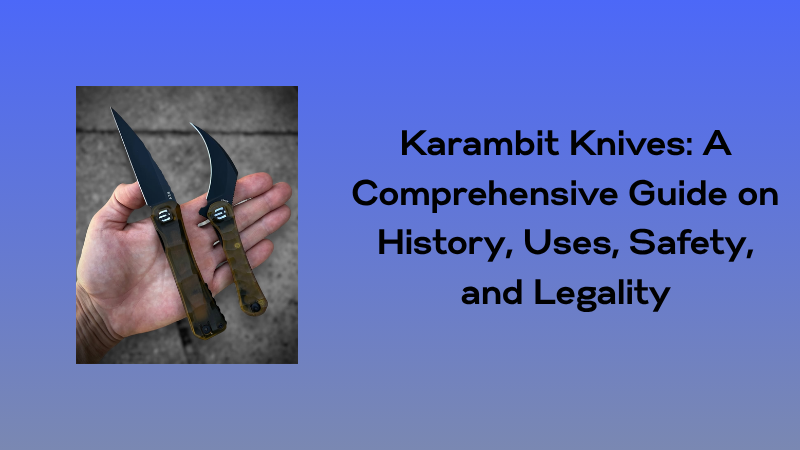
Karambit Knives: A Comprehensive Guide on History, Uses, Safety, and Legality

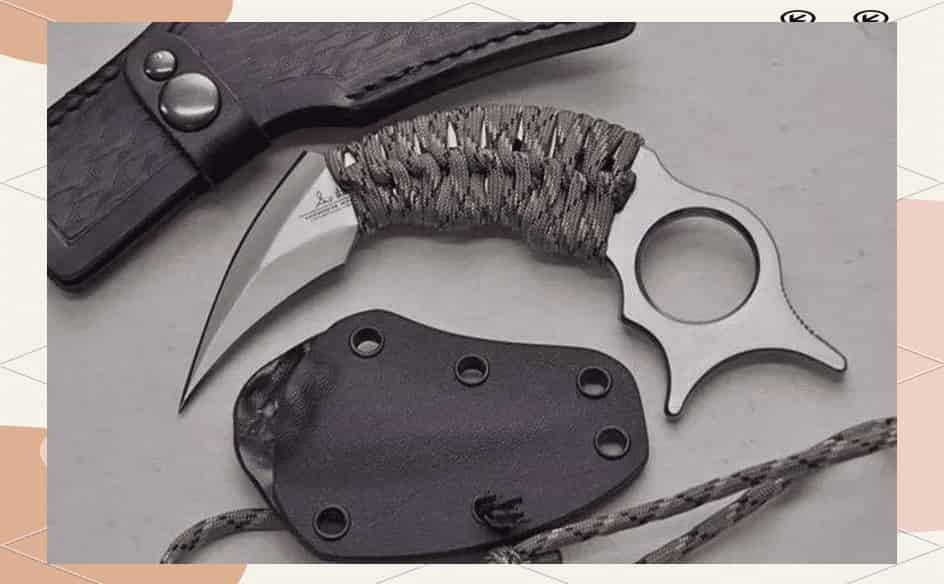
Karambit Knives: A Comprehensive Guide on History, Uses, Safety, and Legality
Karambit knives, originally designed for close-quarter combat by military forces, have evolved into multifunctional tools widely appreciated in various fields beyond combat. Their distinctive curved shape, reminiscent of a tiger’s claw, initially served agricultural purposes such as cutting grass or flowers, and nowadays they are also popular as folding knives with liner locks and pocket clips. However, because of their sharp design and combat potential, handling them requires caution and respect—they are not toys and should never be thrown or recklessly wielded.
Origins and Historical Background
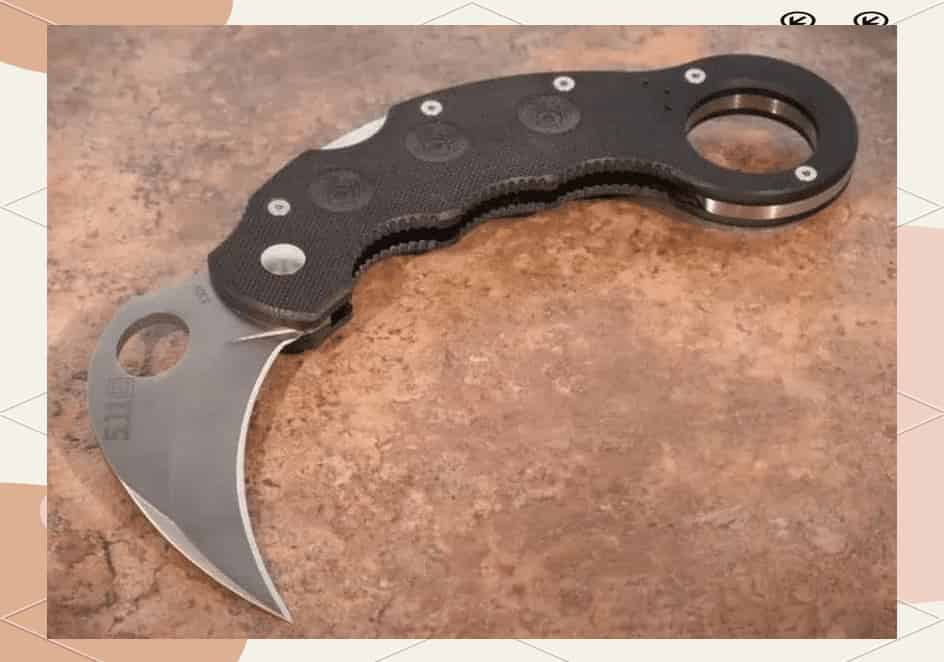
The Karambit’s roots trace back to Southeast Asia, particularly Indonesia’s Minangkabau culture in West Sumatra. It began as a farming implement used for harvesting roots, threshing, and planting rice. The ergonomically designed curved blade, combined with a safety finger ring and sometimes serrated edges, allowed for precise slicing and pulling motions. Over centuries, the Karambit transcended its agricultural origin to become a favored weapon in traditional martial arts of the region, including Filipino Eskrima, Silat, and Kali.
The iconic curved blade mimics a tiger’s claw, embodying stealth, agility, and lethal effectiveness. The finger ring secures the grip, preventing accidental drops during rapid movements or combat.
Uses of the Karambit Knife
Martial Arts and Self-Defense
Karambits are highly regarded in Southeast Asian martial arts for their fluid circular motions and close-combat utility. The safety ring enhances weapon retention, enabling advanced techniques such as spins, grip transitions, and hooking maneuvers. Their ergonomic shape allows natural, instinctive movements suited for self-defense.
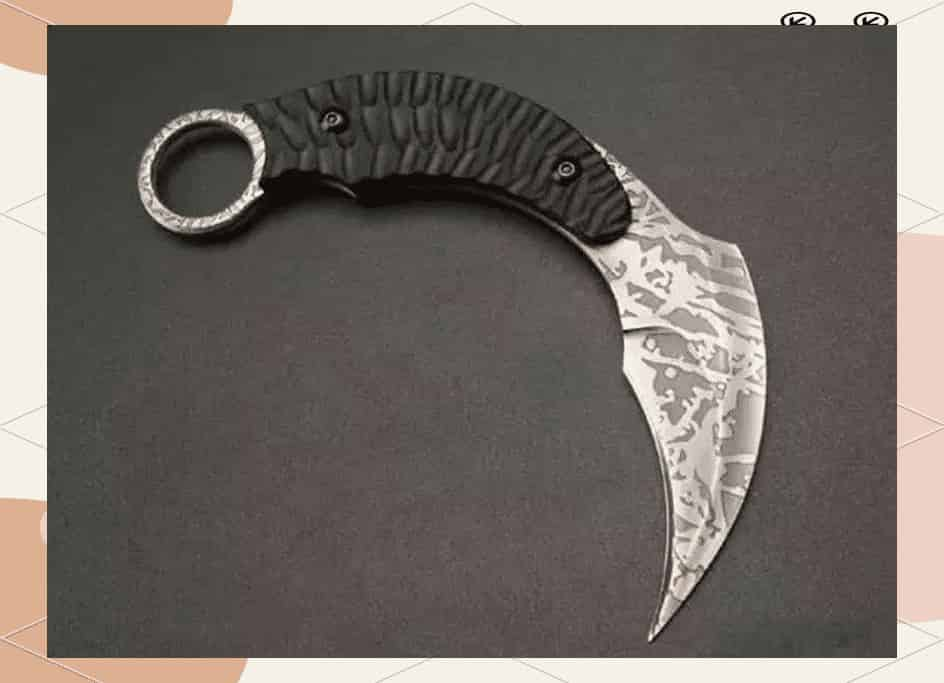
Advantages:
- Ergonomics: The curved blade and finger ring deliver a secure and natural grip, reducing the chance of the knife slipping during confrontation.
- Versatility: Unlike straight-edged knives primarily used for stabbing or slicing, Karambits can cut, hook, pull, and trap an opponent’s limbs or weapons.
- Compactness and Concealability: Many folding Karambits are designed for discreet carry and rapid deployment, making them excellent surprise defense tools.
Considerations:
- Training: Effectiveness depends heavily on proper instruction and practice to safely wield the unique design.
- Legality: Users must understand local laws governing possession and carry of such knives.
- Escalation Risks: As with any weapon, introducing a Karambit into a conflict may escalate violence.
Tactical and Military Applications
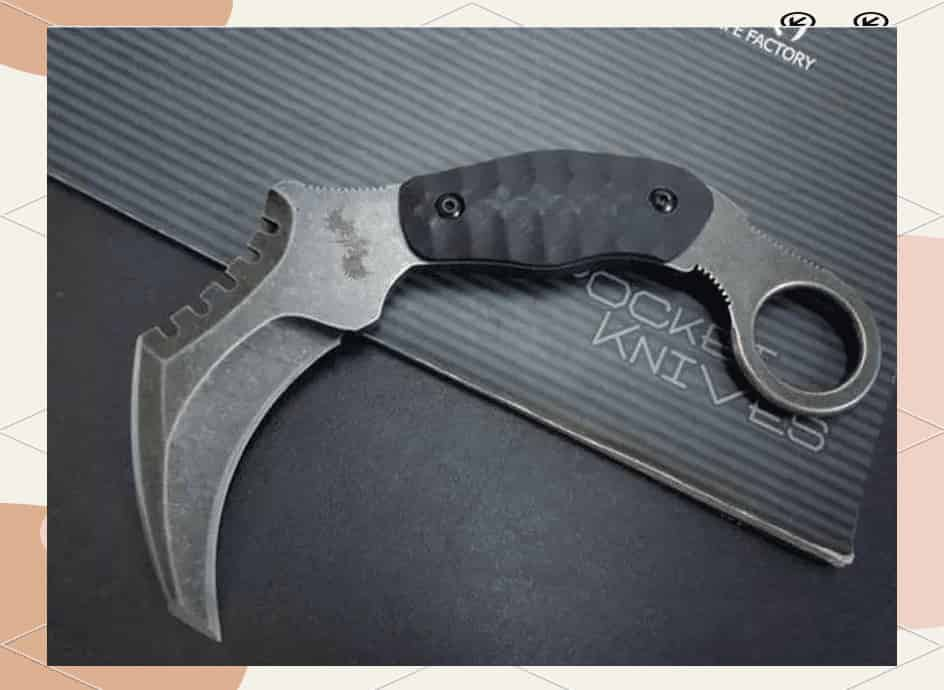
The Karambit’s compactness and blade shape make it favored among certain military and law enforcement personnel, suited for stealth and surprise in close quarters. The finger ring guarantees the knife stays securely in hand during intense physical exchanges, allowing combined use with firearms or other equipment.
Everyday Carry (EDC) and Utility
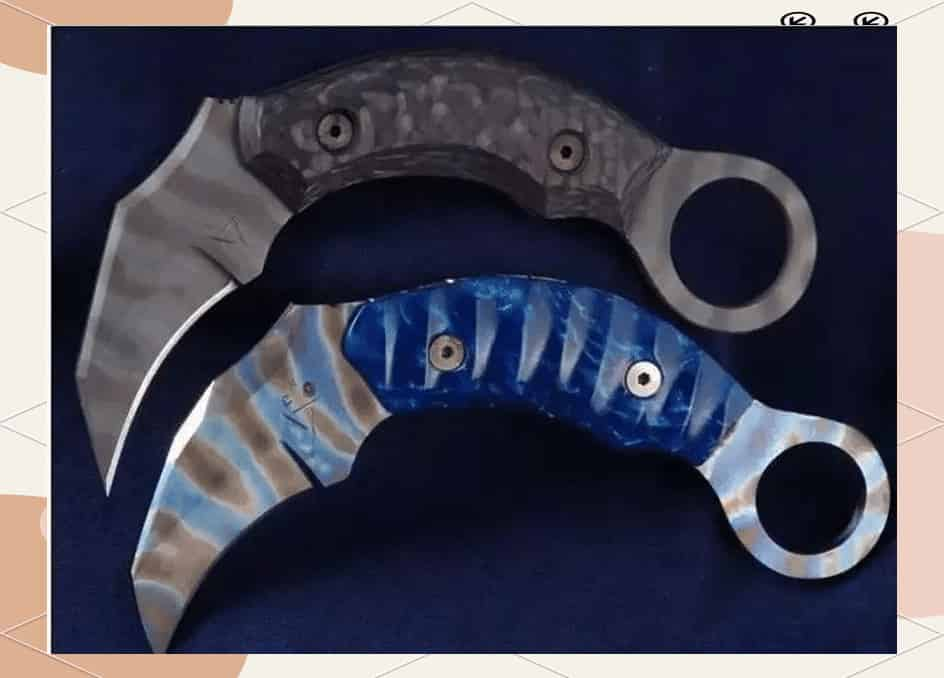
Modern folding Karambits retain their curved blade and safety ring but incorporate features like liner locks and pocket clips for enhanced portability and safety. Their sharp, hooked blades excel in cutting ropes, belts, packaging, and detailed cutting tasks. This makes them practical tools for campers, fishermen, hunters, and urban users alike.
Safe Handling of Karambit Knives
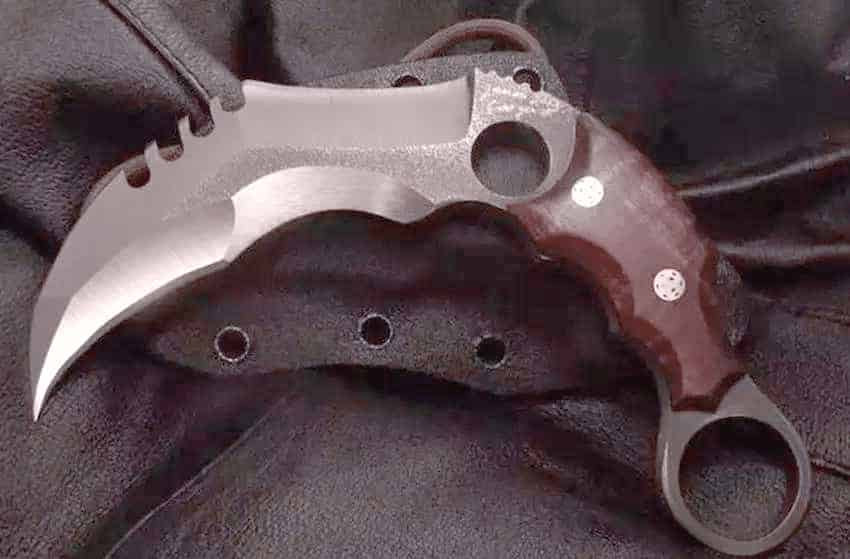
Due to their sharp curved blade, users must prioritize safety:
- Get Professional Training: Learn proper grips, deployment, and combat techniques under qualified instructors.
- Understand your Knife: Know how to safely open, close, and handle all features, including the finger ring.
- Practice Controlled Movements: Always keep the blade away from yourself and others.
- Use Protective Gear: Use gloves and eye protection during practice, especially early on.
- Maintain Awareness: Be conscious of surroundings to prevent accidents.
- Perform Regular Maintenance: Keep your blade clean and sharp to minimize the need for excessive force.
- Comply with Local Laws: Research and adhere to legal restrictions on Karambit possession and carry.
- Carry Responsibly: Store and carry your knife securely to prevent unintended deployment.
- Avoid Complacency: Always treat the Karambit with respect, regardless of experience.
- Prepare for Emergencies: Keep first aid kit handy and know how to treat knife injuries.
Legality of Karambit Knives
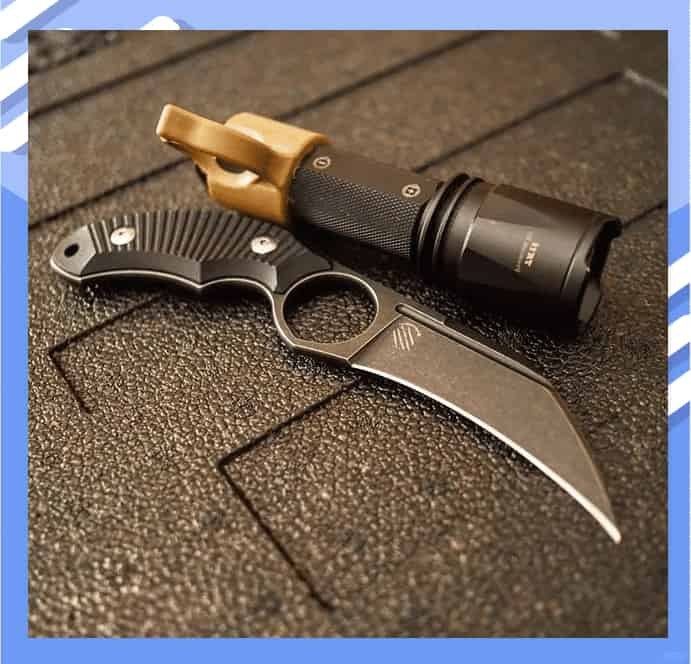
Legal status varies significantly worldwide:
- United States: Laws differ from state to state, and even city to city. Some states restrict curved blades like Karambits or regulate concealed carry and blade length. For example, blades over 2 inches may be banned in certain municipalities.
- Europe: Knife laws are generally strict. Many countries prohibit carrying knives in public without a legitimate reason. Karambits categorized as tactical or combat knives face further restrictions.
- Canada: Focus is on intent rather than blade type. Carrying a Karambit as a weapon is illegal, but owning one as a tool may be permitted.
- Australia: Stringent knife laws prohibit carrying knives in public without lawful excuse. Karambits’ distinctive design may attract greater legal scrutiny.
- Asia: Being the origin area, some countries culturally accept Karambits more readily, yet public carry is often regulated.
- California Specifics: Ownership of Karambits is generally legal on private property and for collectors; folding Karambits are legal to carry concealed when closed, but fixed blades over 2 inches face restrictions. Carrying knives in prohibited zones like schools or federal buildings is illegal.
Knowing and adhering to your jurisdiction’s laws is essential to avoid legal issues.
Military Combat Use and Techniques
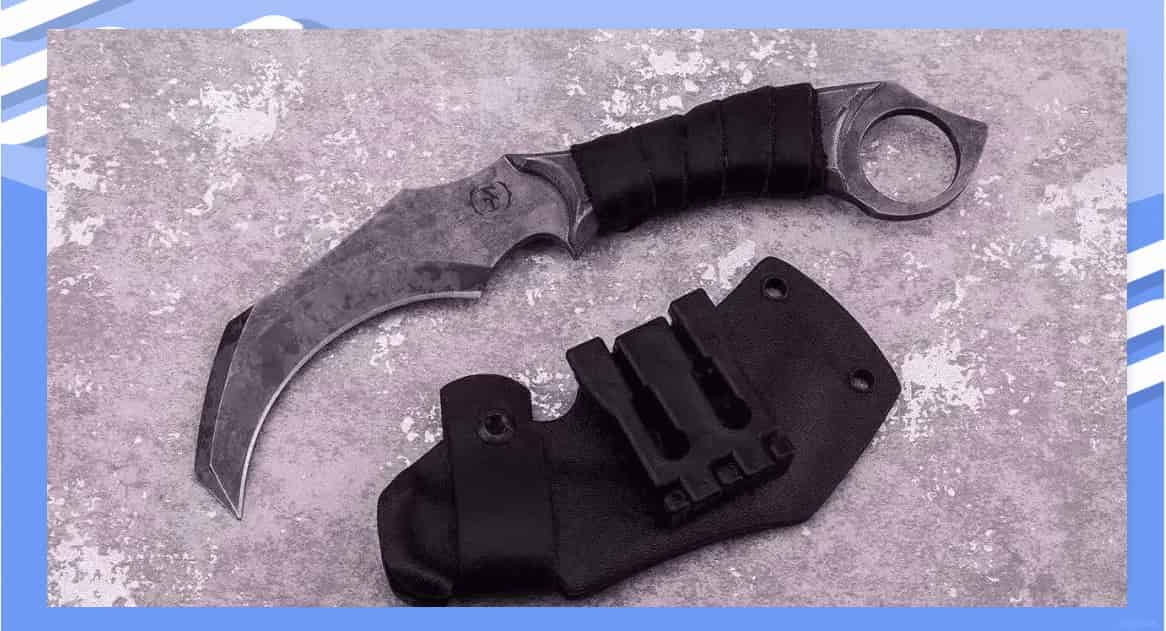
Karambits gained attention in military combatives around 2000, with established techniques documented and taught by experts like Steve Tarani. The curved blade can inflict deep, hooking wounds by “stab then pull,” causing significant tissue damage compared to straight blades. The finger ring not only prevents dropping during skirmishes but can also be used as a striking tool.
The blade’s shape allows hooking and disarming opponents’ weapons or limbs, providing a tactical advantage in close combat. Techniques include reverse grips where the index finger fits through the ring or forward grips with the pinky ringed.
Challenges and Limitations
Despite its advantages, the Karambit has drawbacks:
- The curved blade and finger ring increase overall size, making drawing from a sheath slower than straight knives.
- Its specialized design limits general utility; cutting large objects is difficult compared to straight blades.
- Sharpening the curved blade requires skill.
- Mastery demands dedicated training; improper use risks self-injury.
- Limited availability of training and legal restrictions hinder widespread adoption.
Thus, while favored by enthusiasts and special forces, the Karambit remains a niche tool.
Conclusion
The Karambit knife is far more than a traditional farming tool or cinematic prop. With a heritage stretching back to Southeast Asia’s agricultural and martial traditions, it has evolved into a versatile instrument for self-defense, tactical operations, and everyday utility. Its ergonomic curved blade and secure finger ring grant unique advantages in close combat and detailed cutting tasks alike.
However, the Karambit’s effectiveness depends heavily on proper training, respect for legal boundaries, and responsible handling. Awareness of safety protocols and local laws is paramount. Whether you seek a Karambit for martial arts, personal defense, outdoor activities, or collection, informed ownership and conscientious use are key to maximizing its potential while minimizing risks.
For those intrigued by this distinctive curved blade, the Karambit remains a symbol of agility, precision, and cultural heritage—a truly unique knife with deep roots and modern relevance.
Shieldon Knives proudly carries forward the legacy of exceptional craftsmanship and innovation by focusing on launching premium Karambit knife models that cater to both enthusiasts and professionals alike. Among our standout offerings are the Shieldon Scythe and Shieldon REV, which exemplify our commitment to quality, functionality, and design excellence. The Shieldon Scythe (DC01A) features a razor-sharp 154CM blade paired with a robust yet lightweight combination of Micarta and G10 handles, providing superior grip, durability, and aesthetic appeal. Its nested liner lock mechanism ensures secure blade deployment and reliable retention, making it an ideal choice for everyday carry (EDC) users who demand performance in a compact package. With precise engineering by DC Blades (USA), the Scythe is tailored for the modern user who values both utility and style.
Complementing the Scythe is the Shieldon REV (DC02A), designed collaboratively with DC Blades and Auxiliary Manufacturing (USA), which brings a slightly larger 3.25-inch 154CM blade, a durable PEI handle, and a nested frame lock for enhanced strength and reliability. The REV features a diamond-like carbon blade finish that offers excellent corrosion resistance and reduced friction, while the ambidextrous wire steel tip-up pocket clip ensures versatile carry options for both right- and left-handed users. Its ergonomic handle design and smooth caged ceramic bearing pivot deliver effortless blade deployment, making it perfect for tactical, outdoor, or daily utility tasks.
At Shieldon Knives, we understand that selecting the right Karambit or folding blade is critical to your confidence and safety. Our meticulous manufacturing process, spanning from expert 3D design to rigorous prototyping and quality control, ensures every knife meets stringent performance standards. By choosing Shieldon, you not only acquire a tool built with advanced materials and innovative locking systems but also join a community that values craftsmanship, reliability, and customer satisfaction. Explore our website to discover how the Shieldon Scythe and REV can elevate your knife collection and everyday readiness. Trust Shieldon Knives—the brand with over 25 years of experience in delivering superior Karambit knives crafted to empower your every cut.
